Transcription of Flammability HEALTH - MSC Industrial Direct
1 1 Page:Lacquer ThinnerMATERIAL SAFETY DATA SHEET23004/01/201306/08/2011 Revision:Supercedes Revision:04/01/2013 Printed:X*213 InstabilitySpecial HazardHealthFlammabilityHEALTHFLAMMABILI TYPPEPHYSICAL1. PRODUCT AND COMPANY Code:Lacquer ThinnerProduct Name:Manufacturer InformationW. M. Barr Company Name:2105 Channel AvenueMemphis, TN 38113(901)775-0100 Phone Number:3E 24 Hour Emergency Contact (800)451-8346 Emergency Barr Customer Service (800)398-3892 Web site Barr EHS Dept (901)775-0100 Preparer Name:Paint thinningIntended Use:SynonymsGML170, QML170, CML170, QML170L, DML170, GML170P, GML170 PTEMP, G17024, PA12782, Q17014,QJLT70, GJLT70, CJLT7004/01/2013 Revision Date:2.
2 COMPOSITION/INFORMATION ON INGREDIENTS200 ppm200 ppmNo Components (Chemical Name)Methanol {Methyl alcohol; Carbinol; Woodalcohol}67-56-1 CAS # %ConcentrationOSHA TWAACGIH TWAO ther Limits ppm200 ppmNo {Benzene, Methyl-; Toluol}108-88-3 % ppm1000 ppmNo {2-Propanone}67-64-1 % ppm50 ppmNo , 2-Butoxy- {Ethylene glycol n-butylether, (a glycol ether)}111-76-2 % ppm400 ppmNo acid, ethyl ester {Ethyl acetate}141-78-6 % aliphatic solvent naphtha (petroleum)64742-89-8 % ppmNo Components (Chemical Name)Methanol {Methyl alcohol; Carbinol; Woodalcohol}PC1400000 RTECS #No STELOSHA CEILACGIH STELACGIH CEIL ppmNo {Benzene, Methyl.}
3 Toluol}XS5250000 500 ppm/(10min) ppmNo {2-Propanone}AL3150000 No data. , 2-Butoxy- {Ethylene glycol n-butylether, (a glycol ether)}KJ8575000 No data. acid, ethyl ester {Ethyl acetate}AH5425000 No data. aliphatic solvent naphtha (petroleum)NA No data. HAZARDS IDENTIFICATIONE mergency OverviewDanger! Extremely flammable. Poison. May be fatal or cause blindness if swallowed. Vapor only with adequate ventilation to prevent buildup of vapors. If the work area is not well ventilated, do not usethis to Barr and Company: MIRS MSDS, (c) A V Systems, format04/01/2013 Revision:04/01/2013 Printed: 2 Page:Lacquer ThinnerMATERIAL SAFETY DATA SHEET06/08/2011 Supercedes Revision:Keep away from heat, sparks, flame and all other sources of ignition.
4 Vapors may cause flash fire or not use in areas where vapors can accumulate and concentrate such as basements, bathrooms and small,enclosed areas. Whenever possible use outdoors in an open air area. If using indoors open all windows and doorsand maintain a cross ventilation ofmoving fresh air across the work area. If strong odor is noticed or you experience slight dizziness STOP ventilation is inadequate. Leave area HEALTH Effects (Acute and Chronic)Inhalation Acute Exposure Effects:Vapor harmful. May cause dizziness; headache; watering of eyes; irritation of respiratory tract; weakness;drowsiness; nausea; numbness in fingers, arms and legs; depression of central nervous system; loss of appetite;fatigue; hallucinations; light headedness; visual disturbances; giddiness and intoxication; sleepiness; cough anddyspnea; cold, clammy extremities; diarrhea; vomiting; dilation of pupils; spotted vision.
5 Severe overexposuremay cause convulsions; unconsciousness; coma; and death. Intentional misuse of this product by deliberatelyconcentrating and inhaling can be harmful or Contact Acute Exposure Effects:May be absorbed through the skin. May cause irritation; numbness in the fingers and arms; drying of skin; anddermatitis. May cause increased severity of symptoms listed under Contact Acute Exposure Effects:This material is an eye irritant. May cause irritation; burns; conjunctivitis of eyes; and corneal ulcerations of theeye. Vapors may irritate Acute Exposure Effects:Poison.
6 Cannot be made non-poisonous. May be fatal or cause blindness. May cause dizziness; headache;nausea; vomiting; burning sensation in mouth, throat, and stomach; loss of coordination; depression of the centralnervous system; narcosis; stupor; gastrointestinal irritation; liver, kidney, and heart damage; diarrhea; loss ofappetite; coma and death. May produce symptoms listed under Exposure Effects:Reports have associated repeated and prolonged overexposure to solvents with neurological and otherphysiological damage. Prolonged or repeated contact may cause dermatitis.
7 Prolonged skin contact may result inabsorption of a harmful amount of this material. May cause conjunctivitis; gastric disturbances; insomnia;dizziness; headache; weakness; fatigue; nausea; heart palpitations; skin irritation; numbness in hands and feet;permanent central nervous system changes; some loss of memory; pancreatic damage; giddiness; visualimpairment or blindness; kidney or liver damage; and death. May cause symptoms listed under Organs: Central Nervous System, Liver, Kidney, Heart, Stomach, Respiratory SystemPrimary Routes of Entry: Inhalation, Ingestion, Skin AbsorptionSigns and Symptoms Of ExposureSee Potential HEALTH Conditions Generally Aggravated By ExposureDiseases of the skin, eyes, liver, kidneys, central nervous system and respiratory Regulatory Status:This material is classified as hazardous under OSHA to Barr and Company: MIRS MSDS, (c) A V Systems, format04/01/2013 Revision:04/01/2013 Printed.
8 3 Page:Lacquer ThinnerMATERIAL SAFETY DATA SHEET06/08/2011 Supercedes Revision:4. FIRST AID MEASURESE mergency and First Aid ProceduresSkin:Immediately begin washing the skin thoroughly with large amounts of water and mild soap, if available, whileremoving contaminated clothing. Seek medical attention if irritation :Immediately begin to flush eyes with water, remove any contact lens. Continue to flush the eyes for at least 15minutes, then seek immediate medical :Remove to fresh air. If not breathing, give artificial respiration. If breathing is difficult, give oxygen.
9 Getimmediate medical :If swallowed, do not induce vomiting. Seek immediate medical attention. Call a physician, hospital emergencyroom, or poison control center immediately. Never give anything by mouth to an unconscious to PhysicianPoison. This product contains methanol. Methanol is metabolized to formaldehyde and formic acid. Thesemetabolites may cause metabolic acidosis, visual disturbances and blindness. Since metabolism is required forthese toxic symptoms, their onset may be delayed from 6 to 30 hours following ingestion. Ethanol competes forthe same metabolic pathway and has been used as an antidote.
10 Methanol is effectively removed by your local poison control center for further FIRE FIGHTING MEASURESNFPA Class IBFlammability F Method Used: Setaflash Closed Cup (Rapid Setaflash)Flash Pt:LEL: No data. UEL: No Limits:No data Pt:Fire Fighting InstructionsSelf-contained respiratory protection should be provided for fire fighters fighting fires in buildings or confinedareas. Storage containers exposed to fire should be kept cool with water spray to prevent pressure build-up. Stayaway from heads of containers that have been exposed to intense heat or Properties and HazardsNo data Combustion ProductsCarbon monoxide and carbon MediaUse carbon dioxide, dry powder, or Extinguishing MediaDo not use a solid water stream, as this may spread the ACCIDENTAL RELEASE MEASURESS teps To Be Taken In Case Material Is Released Or SpilledVapors may cause flash fire or ignite up: Keep unnecessary people away; isolate hazard area and deny entry.
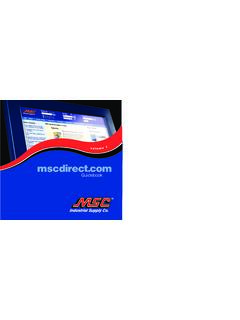
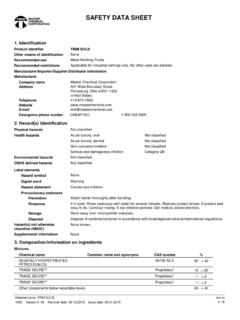
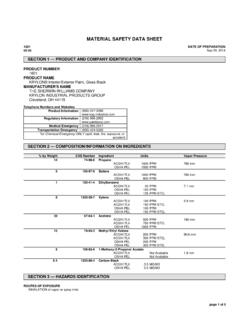
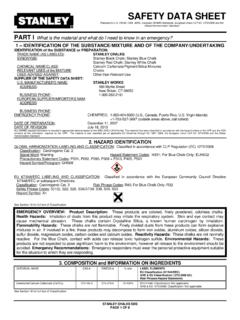
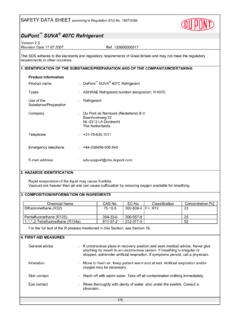
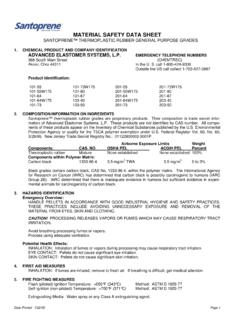
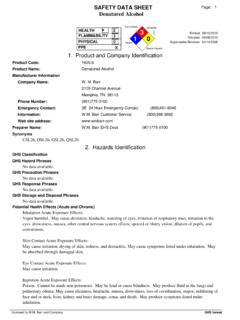
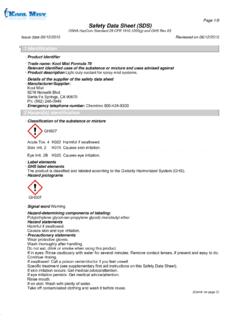
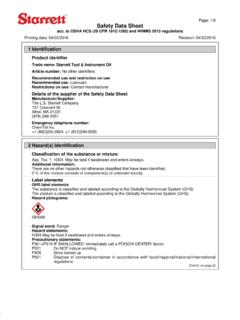
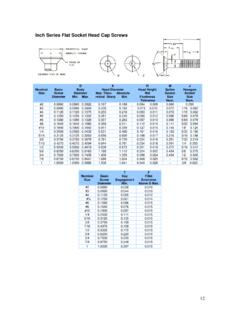
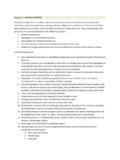
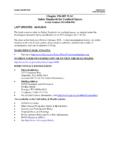
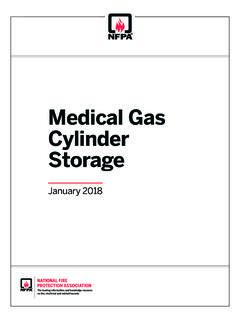


![SUBCHAPTER 7 [705.7] 431 Separation of Direct-Fired ...](/cache/preview/d/9/e/d/c/5/6/d/thumb-d9edc56d6373f212bab0b0cd3cade9e2.jpg)

